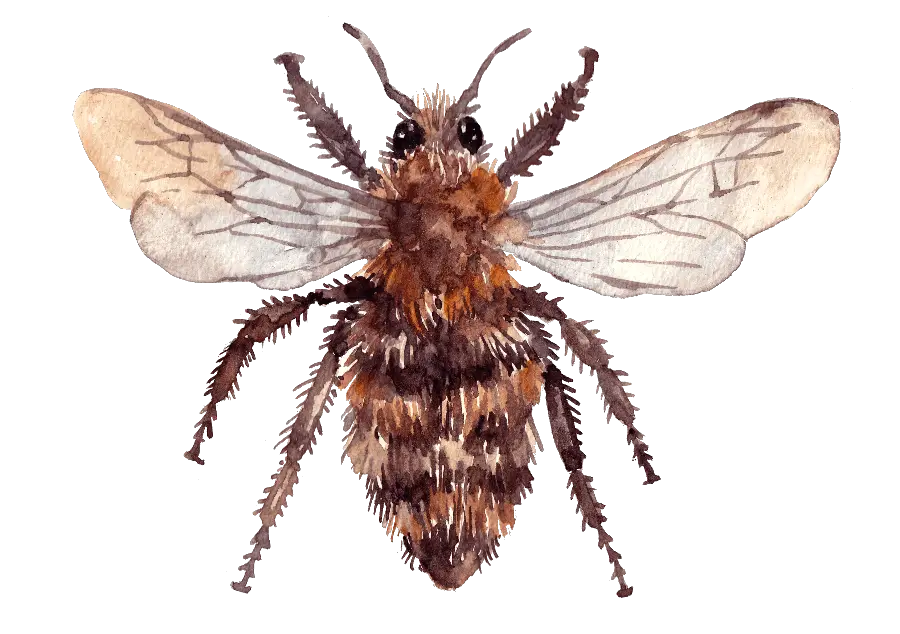Last updated on January 4th, 2024 at 02:23 pm
In the diverse tapestry of bees, the Bombus humilis, commonly known as the Brown-Banded Carder Bee, holds a special place with its earthy hues and intriguing habits. This bee is not merely a buzzing insect; it’s a living testament to the wonders of nature’s palette and design. Let’s embark on a journey to discover the intricacies of the Brown-Banded Carder Bee.
Appearance: An Earthy Elegance
The Brown-Banded Carder Bee is a visual symphony of muted tones:
- Earthy Bands: As its name suggests, this bee is adorned with bands of brown and beige, giving it a warm, earthy appearance.
- Size: Typically, they measure around 11-17mm, placing them among the medium to large-sized bumblebees.
- Facial Features: Their face is relatively short with a mix of black and yellow hairs, complementing their banded body.
Habitat: Nature’s Warm Patches
If you’re keen to spot these earth-toned wonders, here’s where you should set your sights:
- Geographical Spread: Predominantly found across the UK and parts of Europe.
- Preferred Habitats: They thrive in open habitats like grasslands, heathlands, and coastal areas, especially those rich in flowering plants.
Behaviour: The Gentle Weavers
The Brown-Banded Carder Bee showcases some unique behaviours:
- Nest Construction: True to their ‘carder’ name, these bees are adept at weaving. They construct their nests on the ground, often using grass and other plant materials to create a snug abode.
- Social Nature: They form colonies, albeit smaller ones, usually consisting of up to 150 individuals.
Diet: Nature’s Buffet
What tantalizes the taste buds of the Brown-Banded Carder Bee?
- Nectar and Pollen: Like most bees, they feed on nectar and pollen. They have a particular fondness for plants like clovers, knapweeds, and thistles, but they’re also known to visit a diverse range of flowers.
- Vital Pollinators: Their varied diet and foraging habits make them essential pollinators, ensuring the reproduction of various plants and contributing to ecosystem health.
When and Where to Spot Them
For those eager to witness these bees in their natural habitat:
- Time of Year: They’re most active during the warmer months, typically from June to September.
- Time of Day: Daylight hours, especially during warm, sunny spells, are when they’re most active.
- Location: Flower-rich grasslands, heathlands, and coastal areas are prime spots for sightings.
| Best Time to Spot | Location | Activity Level |
|---|---|---|
| Morning | Grasslands | High |
| Midday | Heathlands | Moderate |
| Late Afternoon | Coastal Areas | High |
Why They Matter
The Brown-Banded Carder Bee, like all bees, plays a pivotal role in our ecosystem:
- Pollination Powerhouses: Their foraging habits ensure the pollination of a diverse range of plants, contributing to biodiversity.
- Ecosystem Indicators: Their presence or absence can be a sign of the health of a habitat. A decline in their numbers might signal environmental challenges that need attention.
Conclusion
The Brown-Banded Carder Bee is a beautiful blend of nature’s muted tones with its earthy bands and unique nesting habits.
Make sure to buzz over to our guide on identifying bees to meet more fascinating bee species.





